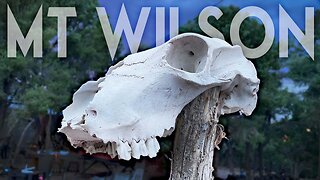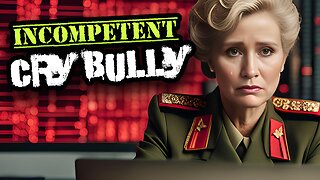Arriving in Majdanek
We were fortunate to finally have great weather. The ride from our hotel to one of Europe's most tragic and brutal killing camps was literally less than 10 minutes including a number of red traffic lights.
Majdanek is located openly in down town Lublin. It is not hidden in any way at all. It was obvious to all the local inhabitants who heard gunfire all day. They saw smoke belching 24/7 from the crematoria. The smell of death was a constant that residents for many kilometers surrounding the camp were subjected to.
Many locals simply continued on their lives with full knowledge of the on-goings in this small slice of hell on earth.
When we were actually in visual view of the camp from the highway and stopped at the last traffic light before the camp entrance, I felt physically ill looking at the remnants of the barrack buildings and the large stone memorial monument in the center of the camp fields.
My mother's family were transported here from Parczew in the latter part of 1941. I have no idea how many of them died here. I know that my mother, her older sister, their mother and possibly two other older sisters with children were eventually sent from here by cattle car to Auschwitz Birkenau.
The fate of the rest of the immediate family is unknown. Except for my uncle Avram who we know was transported to and was murdered in Auschwitz. He was separated from my mother in Majdanek and they never saw one another again.
Sol's father was eventually rounded up after his Treblinka escape and ended up in the Majdanek hell hole as well. He did leave this sewer only to be sent to many more disastrous places of mass murder.
In it's early inception Majdanek was designed to house and kill Russian prisoners of war, Jews from the surrounding towns and cities even as far away as Warsaw.
The camp was built with these unfortunate inmates slave labour in the later part of 1941. The method of killing was quite simple. Work people beyond their physical limits, starve them and keep them working till they die of hunger or disease. Those who lingered on without the mercy of finding death were simply shot.
By the time the camp was fully operational there were numerous crematoria for disposing of the dead bodies. There were a number of gas chambers where the first use of German Chemical giant I.G Faben's famous pesticide gas...Zyklon B was used.
The following is a quote from the United States Holocaust Museum. It gives creedence to the savagery of this place we were just entering.
"On November 3, 1943, in Operation "Erntefest" (Harvest Festival), special SS and police units dispatched to Lublin specifically for that purpose shot 18,000 Jews just outside the camp. At least 8,000 of the victims were Majdanek prisoners; the remaining 11,000 were forced laborers from other camps or prisons in Lublin city. During the operation, music was played throughout the camp over loudspeakers to drown out the sounds of mass murder. As part of Operation "Erntefest," the November 3, 1943, massacre at Majdanek was part of the largest German-perpetrated massacre of the Holocaust".
As we rode through the entrance gates and pulled up to the small office a young woman came out and charged us for the vehicle parking. It only cost 2 Zlote for each bike to enter. As I commented to Sol..."my mother didn't have to pay anything to get into this place".
-
 LIVE
LIVE
SNEAKO
4 hours ago"Who Do You Hate the Most?" - One Minute Podcast
3,825 watching -
 LIVE
LIVE
SonnyFaz
35 minutes agoDr. Shiva x Sonny IRL
549 watching -
 4:28:03
4:28:03
LumpyPotatoX2
6 hours agoSub-Sunday on Rumble - #RumbleTakeover
20.9K4 -
 LIVE
LIVE
Major League Fishing
5 days agoLIVE Bass Pro Tour: Stage 5, Day 4
1,348 watching -
 26:04
26:04
iamLucid
1 day agoVideo Game Piracy is Unstoppable
46.1K51 -
 16:31
16:31
GeekyNerdyTechy
1 day agoZHIYUN Fiveray M20C Combo Light Review & Tutorial
65.9K5 -
 8:29
8:29
ParisDemers
1 day agoThe Kratos/God Of War Workout Program (His Real-Life Training)
52.8K6 -
 16:14
16:14
CarlCrusher
21 hours agoSkinwalker's Evil Twin - Beyond Skinwalker Ranch Behind the Scenes Season 1 ep 2
50.7K13 -
 58:35
58:35
Crime Circus
1 day agoMackenzie Shirilla KlDNAPPED!! True Crime Documentary!
59.8K21 -
 8:03
8:03
Bearing
1 day agoE-Safety Karen INVENTS Elon Musk HARASSMENT While LEAKING Private Details!
71.1K103